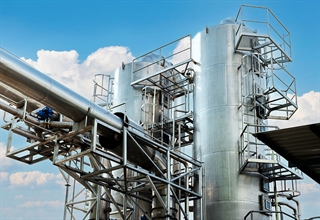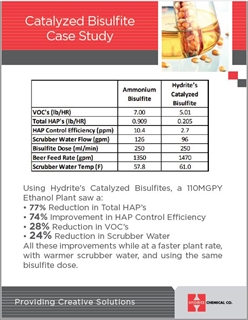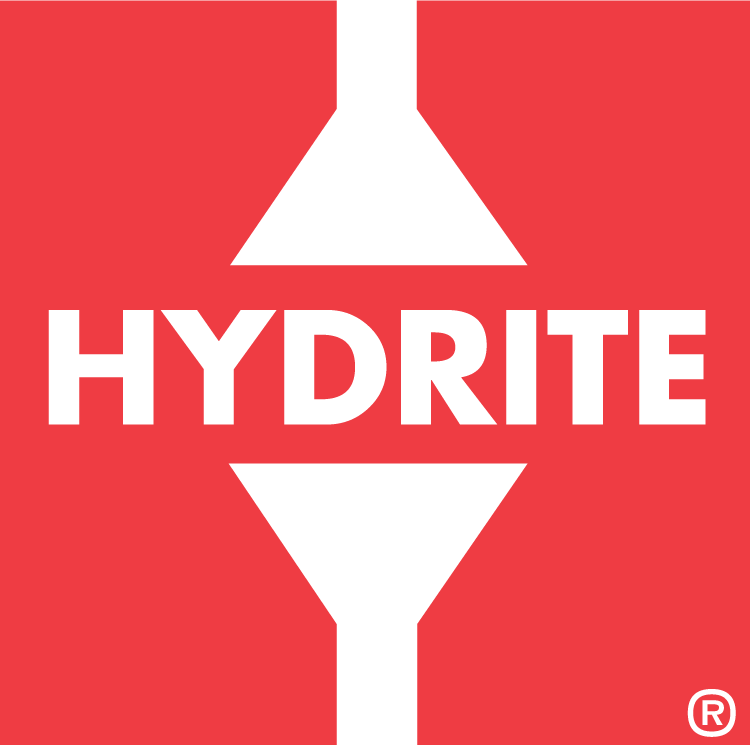VOC Abatement
What is Wet Scrubbing in Ethanol Production?

During the ethanol production process, impurities like volatile organic compounds (VOCs) need to be removed during fermentation before being released into the environment.
Wet scrubbing refers to the process where this contaminated air is passed through a scrubber tower containing a bisulfite solution, which reacts with the volatile organic compounds (VOCs) to minimize the negative impact on the environment.
VOC Abatement in CO2 Scrubbers
The addition of a catalyst to the wet scrubbing process typically enhances the reaction rate and efficiency, helping to neutralize basic VOCs and create non-toxic reaction products that can be disposed of safely. Hydrite’s Hydri-Maize™ product line is a unique, concentrated blend of catalyzed bisulfites developed as a drop-in replacement for current bisulfites. Using this formulation, ethanol producers can help reduce plant emissions, energy costs, and freshwater consumption, all while improving operations and eliminating bottlenecks in the industry.
Hydri-Maize™ CB-500
Hydri-Maize CB-500 is a concentrated proprietary reducing agent that is effective in the removal of volatile organic compounds (VOCs) such as acetaldehyde from carbon dioxide gas streams from fermentation processes.
Hydri-Maize™ Benefits
- More cost effective than traditional bisulfites
- Does not add yeast stress to the fermentation process and reduces carbon dioxide scrubber VOCs
- Provides nutrients that are beneficial to fermentation
- Lower addition rates mean less material handling
- Replacement for current bisulfites after stack testing approval
- Improved kinetics resulting in rapid VOC reduction
- Reduces hydrogen peroxide consumption
Ammonium Bisulfites vs. Hydri-Maize™ Catalyzed Bisulfites

|
|
Ammonium Bisulfite |
Hydri-Maize™ Catalyzed Bisulfites |
|---|---|---|
|
VOCs (lb/HR) |
7 |
5.01 |
|
Total HAPs (lb/HR) |
0.909 |
0.205 |
|
HAP Control Efficiency (ppm) |
10.4 |
2.7 |
|
Scrubber Water Flow (gpm) |
126 |
96 |
|
Bisulfite Dose (ml/min) |
250 |
250 |
|
Beer Feed Rate (gpm) |
1350 |
1470 |
|
Scrubber Water Temp (°F) |
57.8 |
61.0 |
Case Study: Catalyzed Bisulfites in an Ethanol Plant
Since its launch, Hydri-Maize™ catalyzed bisulfites have removed billions of pounds of freshwater from ethanol processes across the United States. At a 110 million gallons of ethanol per year (MGPY) ethanol plant, producers saw a:
- 77% reduction in total hazardous air pollutants (HAPs)
- 74% improvement in HAP control efficiency
- 28% reduction in VOCs
- 24% reduction in scrubber water
These improvements were accomplished with a faster plant rate, warmer scrubber water, and using the same bisulfite dose. Download the case study.

Contact Us
Get in touch for more on how Hydri-Maize™ catalyzed bisulfites can help with VOC abatement in ethanol production.
